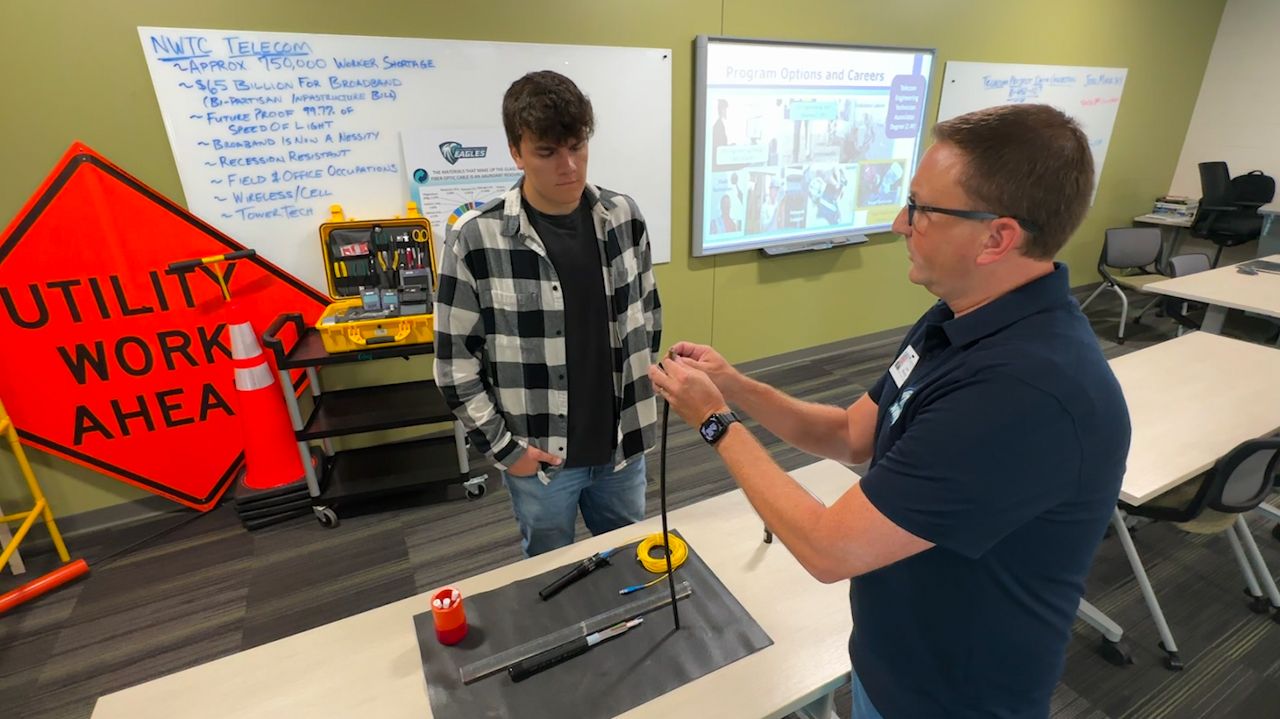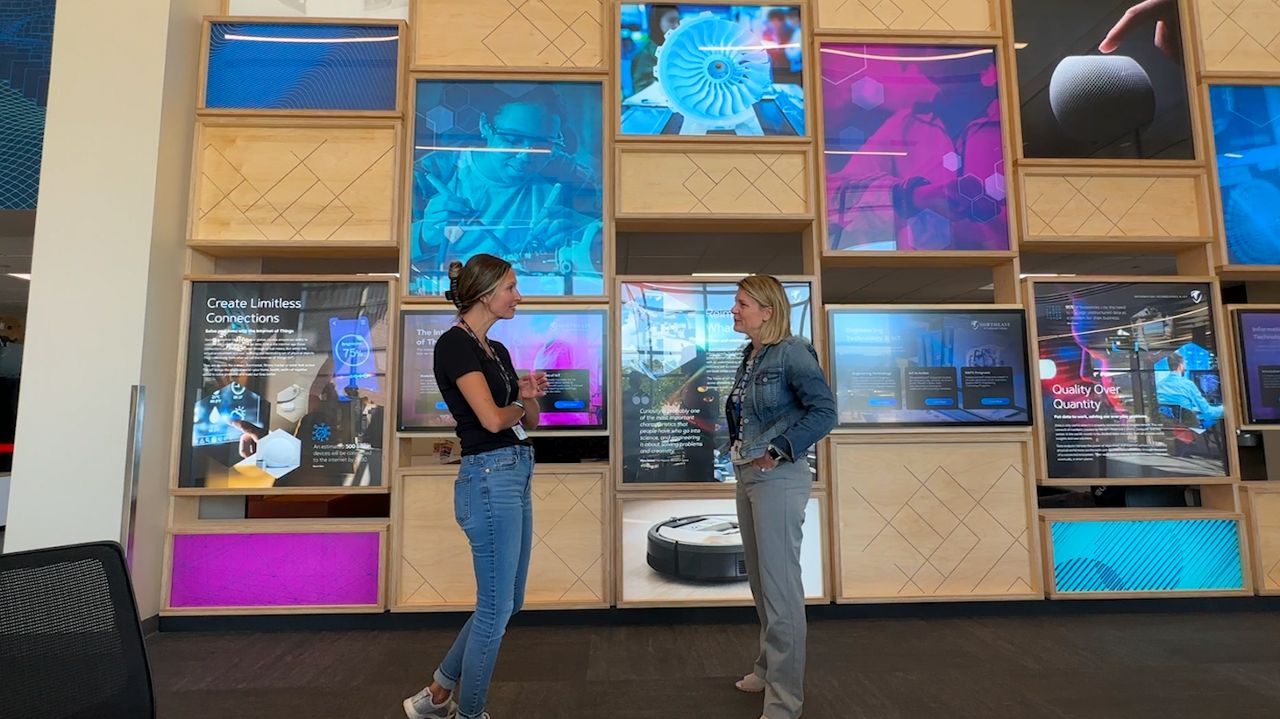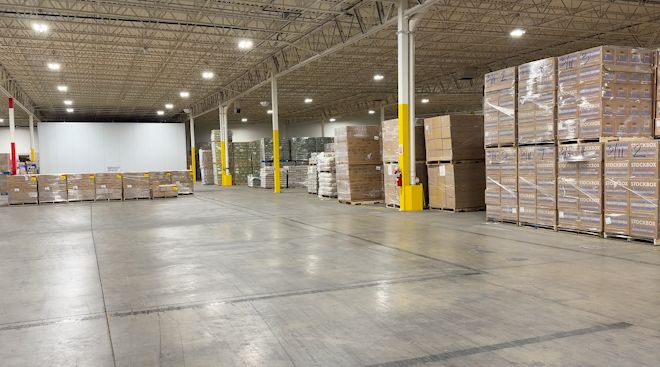GREEN BAY, Wis. — Elin Huntley is just a few weeks into a two-year program in telecommunications at Northeast Wisconsin Technical College.
He’s a high school senior at the Northeast Wisconsin Innovation School located on the campus.
“You need communication for everything. The faster and smoother that communication can be, the better things work out,” Huntley said. “If that’s a data transfer or processing for hospitals, they need to communicate with a lot of different places and a lot of different people.”
Trades and engineering programs at Northeast Wisconsin Technical College saw a 17% increase in full-time students last year.
Huntley said the college offers an opportunity to get an education and a career in a relatively short amount of time.
“It’s a two-year (program). You get the hands on work part of it, which is really nice,” he said. “It’s less time investment before you actually start in the industry, which is really nice.”

Sarah Scharenbrock is NWTC’s community outreach coordinator. She said recruitment is more about helping students pick the right program than convincing them to attend a technical college.
Degrees run from building energy and comfort control to electro-mechanical technology.
“It’s more about educating about the many opportunities that are available at NWTC,” she said. “A lot of people think of trades right away in the common fields like construction and welding, but there are also fields like biomedical where they can work in health care and work on that equipment. Or, telecommunications.”
Recruitment continues to evolve as technical colleges are working to help find people for in demand jobs around the region and state.
“Education is changing. Technology […] has really made it so that careers and the skills needed shift rapidly,” Scharenbrock said. “That nine-month program, technical diploma or two-year associate degree with those specific skills that are in demand, are really the future of education.”

Huntley said telecommunications offers him several career paths to pursue.
“The way the program works, there’s a lot of different options. I was just originally thinking the splicing or the design side, but I might lean more toward the tower tech side,” he said. “I’m not afraid of heights, so, why not climb a tower and do some work up there?”










